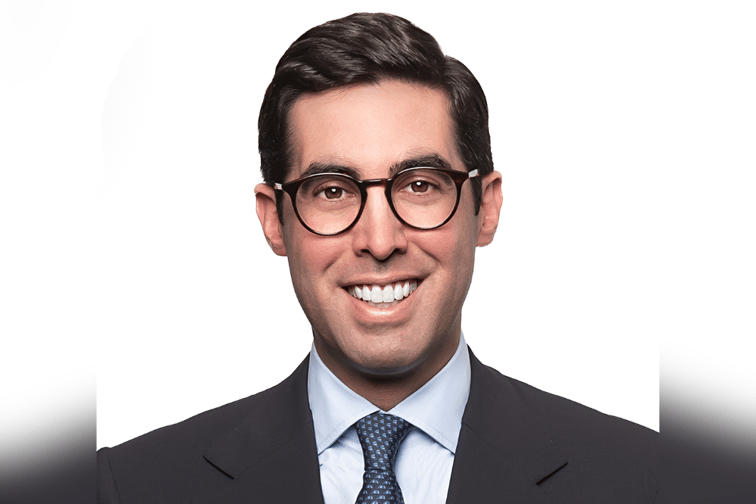

With its acquisition of Environmental Underwriting Solutions (EUS), Burns & Wilcox is looking to bolster its environmental expertise as the E&S market continues to grow in the space.
“It wasn’t long ago that 10% of the marketplace was E&S, now it’s closer to 20%,” said Danny Kaufman (pictured), president of Burns & Wilcox.
“We’ve already had a strong energy practice, and it helps that business is still thriving despite increased regulations in that sector and more exposure now than in the past.”
In an interview with Insurance Business, Kaufman spoke about the need for stricter focus on specialty lines, why the company has been able to operate in states in which other insurers are dropping out and why smaller businesses are considering M&A.
Kaufman noted how the environmental space is rapidly changing, necessitating the need for hyper-focused expertise.
“People need to collaborate with experts within the right markets. Generalists shouldn’t be dabbling in that area,” he said.
This is why Burns & Wilcox made its investment in EUS - partnering with more niche-focused businesses gives the MGA an opportunity to offer more unique offerings and solutions that a more generalist focus could not facilitate.
“You don’t want to have the wrong coverage when it comes to environmental exposure. That gets very tricky,” Kaufman said.
This is true across all verticals, but is particularly applicable in this space.
“Just because you’re a casualty broker doesn’t mean that you’re an expert in environmental,” he said. “So it’s important to have adequate, deep expertise to understand market relationships.”
When discussing rates and capacity within the environmental E&S sector, Kaufman stated “we’re still in a hard market.”
“In some sectors, like coastal property, I’d say rates are very firm,” he elaborated. “A lot of carriers are still very timid in re-entering lines of business or geographies.”
While others are leaving certain markets including the Gulf of Mexico, California, the Carolinas and Florida, Burns & Wilcox still has the ability to write business in these areas. However, with standard markets dropping out almost daily, its E&S counterparts may be more timid too.
“The E&S space may be more cautious - it is important to consider whether or not they’re going out of business, how much aggregate they’re going to deploy, who they’re going to deploy it with,” Kaufman said.
He believes that Burns & Wilcox has been able to place business successfully because of the results it has been able to produce for carrier partners and Lloyd’s of London syndicates.
“We’re seeing an influx of submissions right now, while others may have their capacity cut. It’s just a matter of our ability to handle it all,” Kaufman said.
This has resulted in increased efforts to hire more underwriters to make sure the company is being a good steward with this increased capacity.
When acquiring other businesses, such as MGAs and brokerages, Kaufman emphasized how M&A activity can help make those firms more competitive.
“Rather than being a small player, they’re part of a larger platform,” he said.
Kaufman revealed that back in March, when it was announced that Burns & Wilcox purchased Louisiana-based MGA McIntyre & Associates, the company was looking to partner because it was “investing in technology and the consolidation of the retailers.” Now it hopes the acquisition of EUS will take its environmental business to new heights.
